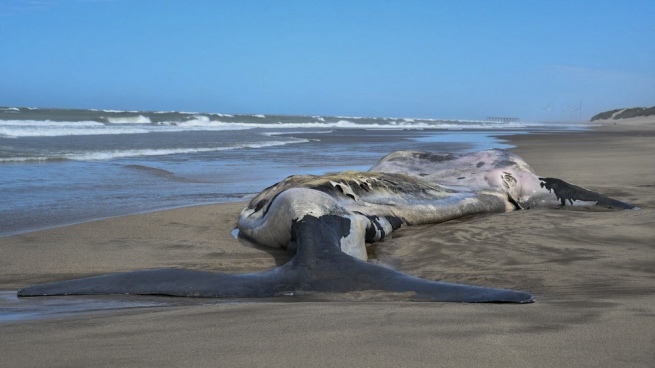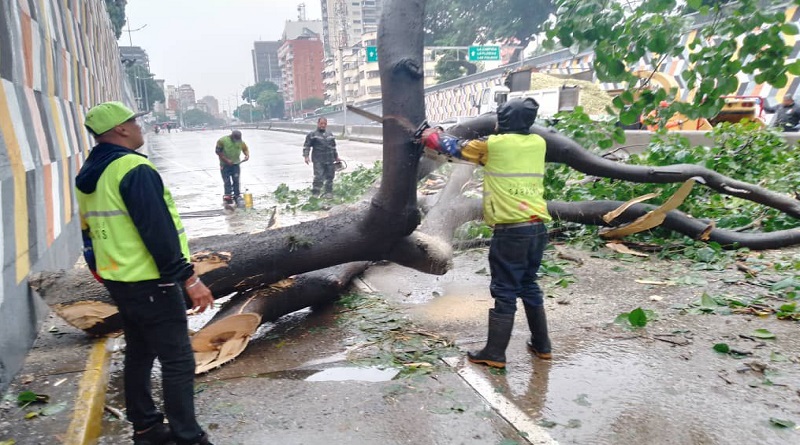At least 15 southern right whales were found dead in the last ten days in the New Gulfor, in the interior of the Valdés Peninsula, on the northeast of Chubut, according to the latest report released by the Whale Conservation Institute (ICB), while specialists investigate whether the cause of this situation It is due to the presence of toxins from the so-called red tide.
The information, released in the latest statement published by the ICB’s official website, highlights that “To date, at least 15 dead adult and juvenile individuals have been detected” of the southern right whale (Eubalaena australis) in a period of 10 days.
The statement adds that “the team continues to work to correctly account for the reports sent to us as there are individuals floating around that require confirmation of age and gender.”
Although samples were taken from the corpses for later analysis, there is still no scientific explanation for the reason for the deaths, and laboratory analyzes that follow a rigorous protocol are awaited.
The main hypothesis is that there is an unusual presence of toxins from the so-called red tide in the waters of the San José and Nuevo gulfs, which are located to the north and south of the peninsula.
?????
Worrying increase in the appearance (in such a short time) of dead right whales in the Nuevo Gulf #PuertoMadryn
The @ICB_Argentina investigates the causes of death of the 7 whales that appeared in 5 days(?Macarena Agrelo and Paula Faiferman)https://t.co/tl4SVxnZOD pic.twitter.com/QhakyGzGf1
— XΛVY (@_xavy_) September 30, 2022
For their part, researchers from the National Institute for Fisheries Research and Development (Inidep) analyze samples of the specimens found to determine if the death of the right whales is associated with a red tide.
The Secretary of Agriculture, Livestock and Fisheries of the Nation, on which INIDEP depends, specified that members of the Marine Chemistry and Red Tide Program, and the Puerto Madryn Delegation of the agency, “work in that city to carry out sample processing tasks of tissues of the southern right whale, as well as of other recently dead organisms on the coast of the Valdés Peninsula, in order to evaluate the incidence of an important event detected of Paralyzing Mollusc Toxins”.
The work team is made up of INIDEP researchers Nora Montoya, Belén Matera Coy, Macarena Albornoz, and Glenda Spanjersberg, with the cooperation of Marcela Uhart, co-director of the Southern Right Whale Health Monitoring Program, and staff and facilities from the Ibiomar and Cesimar del Conicet, at the National Patagonian Center.
According to the researchers, mortality could be associated with “biotoxins originating from harmful algal blooms (red tides) as a very high concentration of paralyzing mollusk toxin in mussels was detected in the area, possibly caused by a massive toxic algal bloom of the species. Alexandrium catenella.
At Inidep, studies are carried out using the HPLC (high-performance liquid chromatography) method, which allows “identifying and quantifying the toxins involved, as it is the only laboratory specialized in this subject in the country.”














